Le savoir-faire de la papeterie française
It is a few kilometers from the town center of Ambert, in the middle of nowhere that I find myself. Indeed, here is the last paper mill still in operation in this paper mill region.
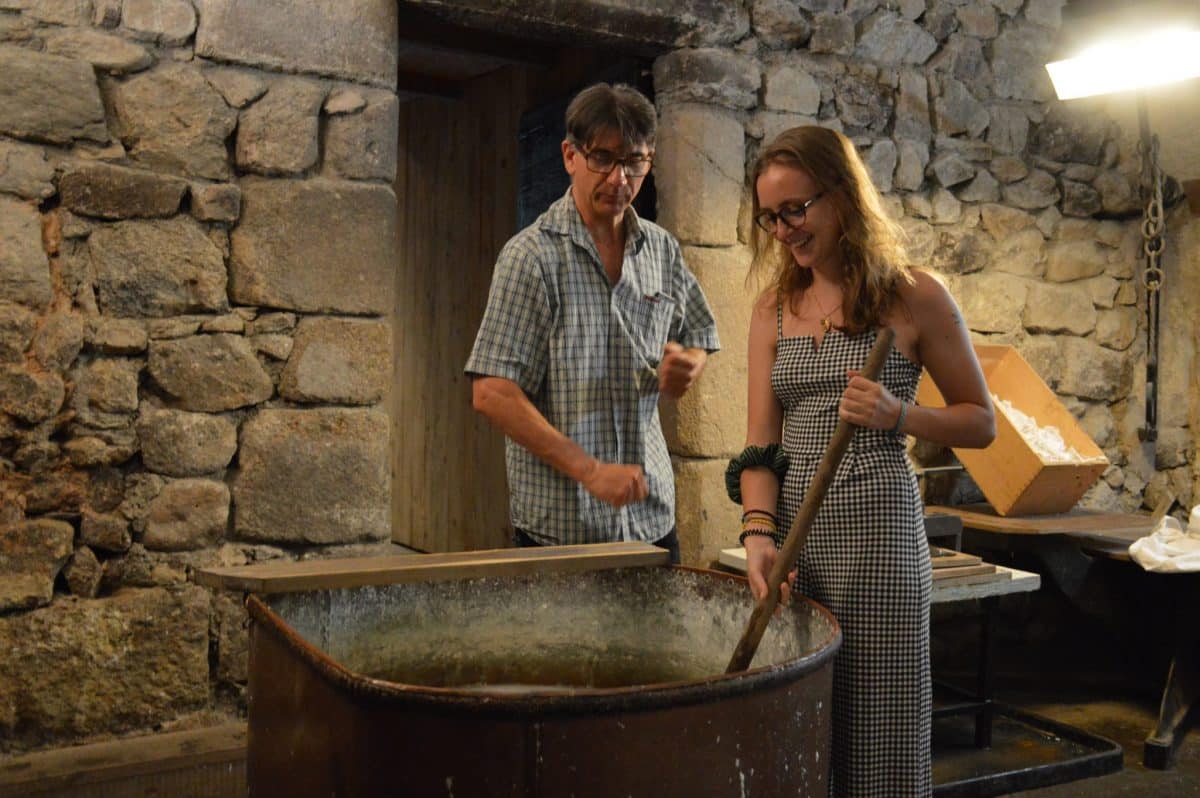
About fifty kilometers separate me from Thiers and I arrive completely out of place. To immerse myself in the world of stationery, I visit the mill. I'm not hiding from you that it didn't hurt me since I was far from imagining the whole universe that is linked to this job. This vintage mill continues to produce paper and I am particularly surprised to see that the material used is original, allowing a completely artisanal production. Piece by piece, I discover a little more about the history of stationery. Did you know that wasps were the first papermakers?
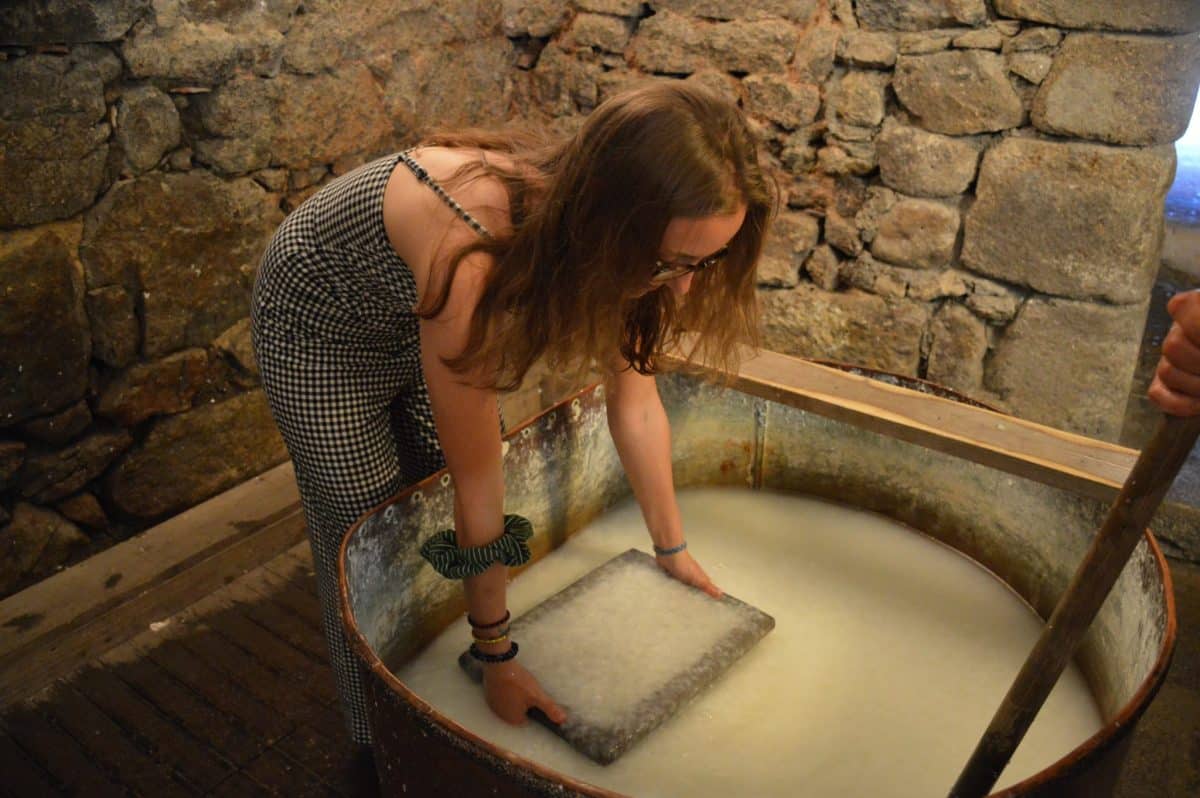
Wasps, these first paper mills
Mouth agape and eyes wide open, I approach a wasps' nest hanging in one of the rooms and see that it is made of paper. My time has come, like the wasps, to produce it. I meet Emmanuel, grandson of Marius Péraudeau who bought the mill in the XXe century. It is he who will guide me as a future apprentice papermaker. The workshop in which I enter is the same as that of real papermakers, but in a smaller version. “Make yourself comfortable,” Emmanuel tells me. In my little open shoes, I look more like a tourist than anything else. No problem, I know how to adapt. School memories come back when Emmanuel asks me if I listened to the visit. I feel that the previous apprentice papermakers were children.
At the bottom of a vat, I will look, with a redable (wooden instrument allowing to mix), the crushed fabrics (*). The whole thing is to harmonize the mixture between the fabric and the water. These fabrics are often old sheets or rags that they collect from Emmaüs in particular.
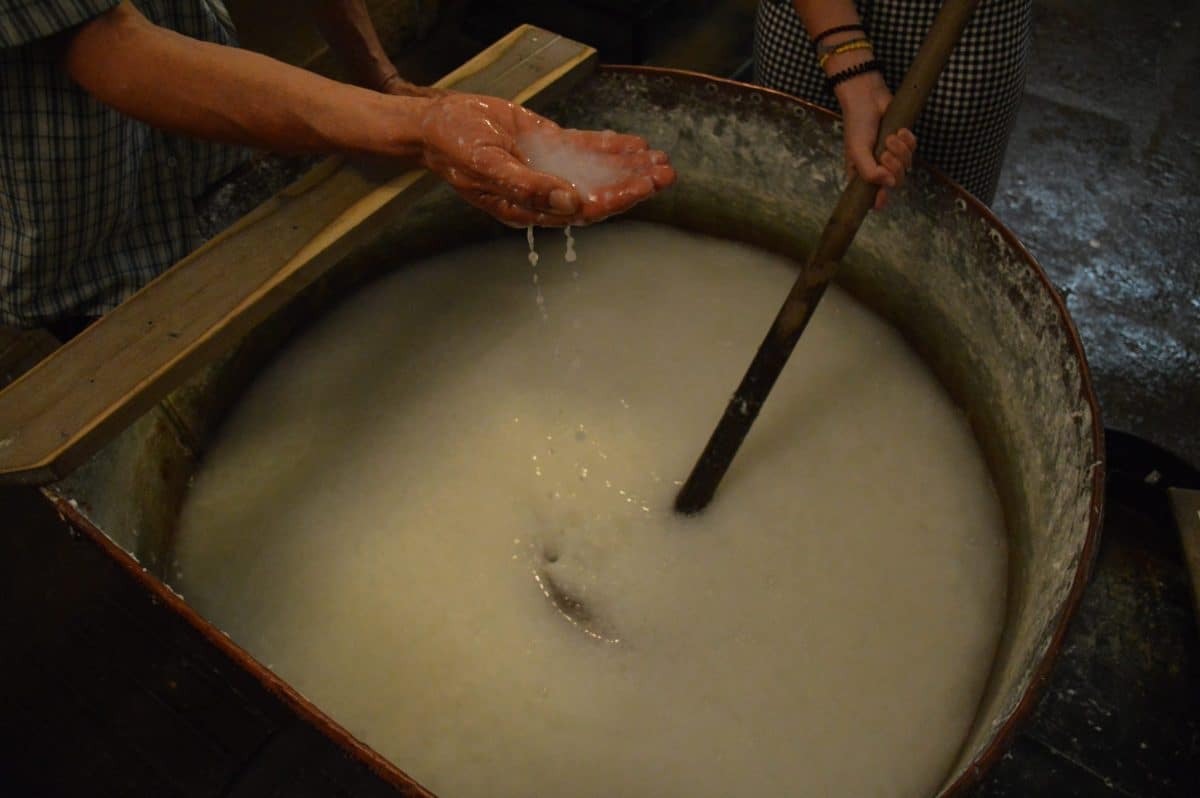
The dough forms in the bowl
I take an A4 frame and dip it into the tank. My arms find themselves thus mixed in this whitish, thick water, and a grimace of disgust forms on my face. By taking out the frame, the form naturally drains the water. It's impressive to see that the material is thick enough so that it doesn't fall to the bottom of the tank.
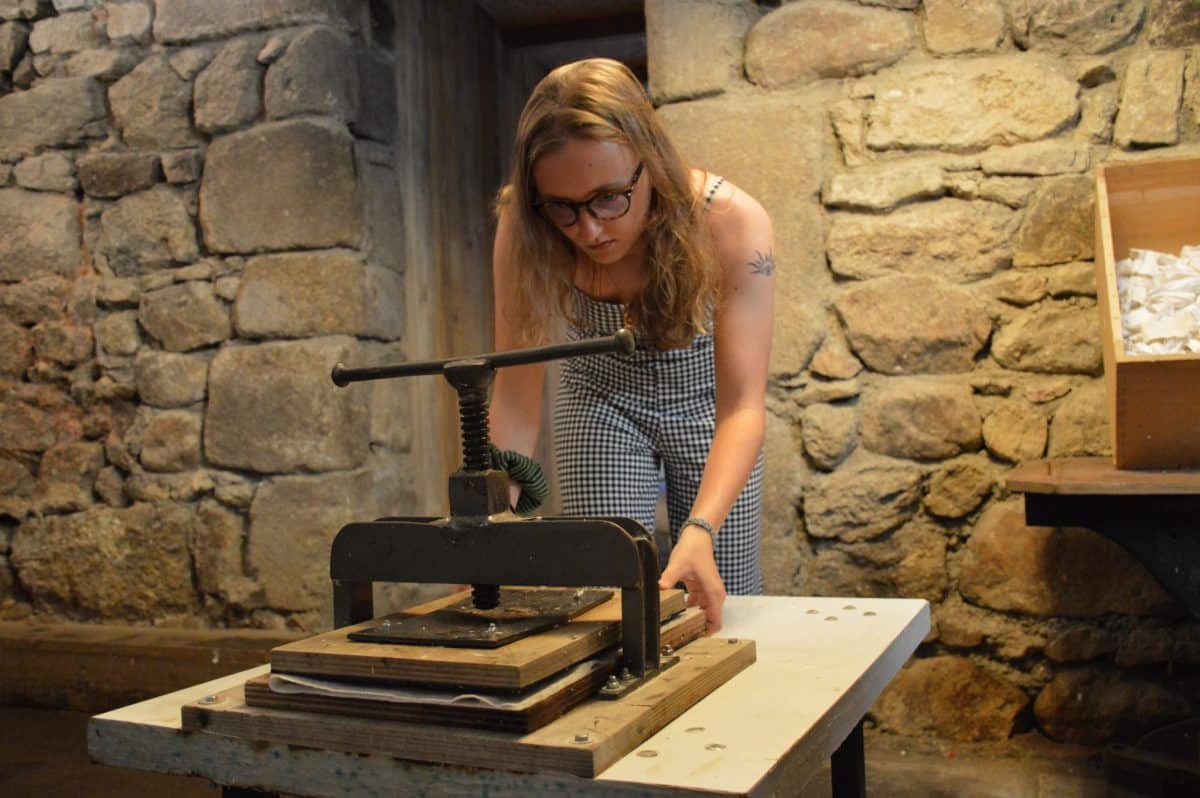
Once we have our shape, we unmold it like a cake. For the last step, I have to press hard so that the paper is well wrung out. Emmanuel does not hesitate to tease me when I press him, I doubt that the children have more strength than me. At least, I hope not. With his outspokenness and eccentricity, I had no choice but to laugh during the experience.
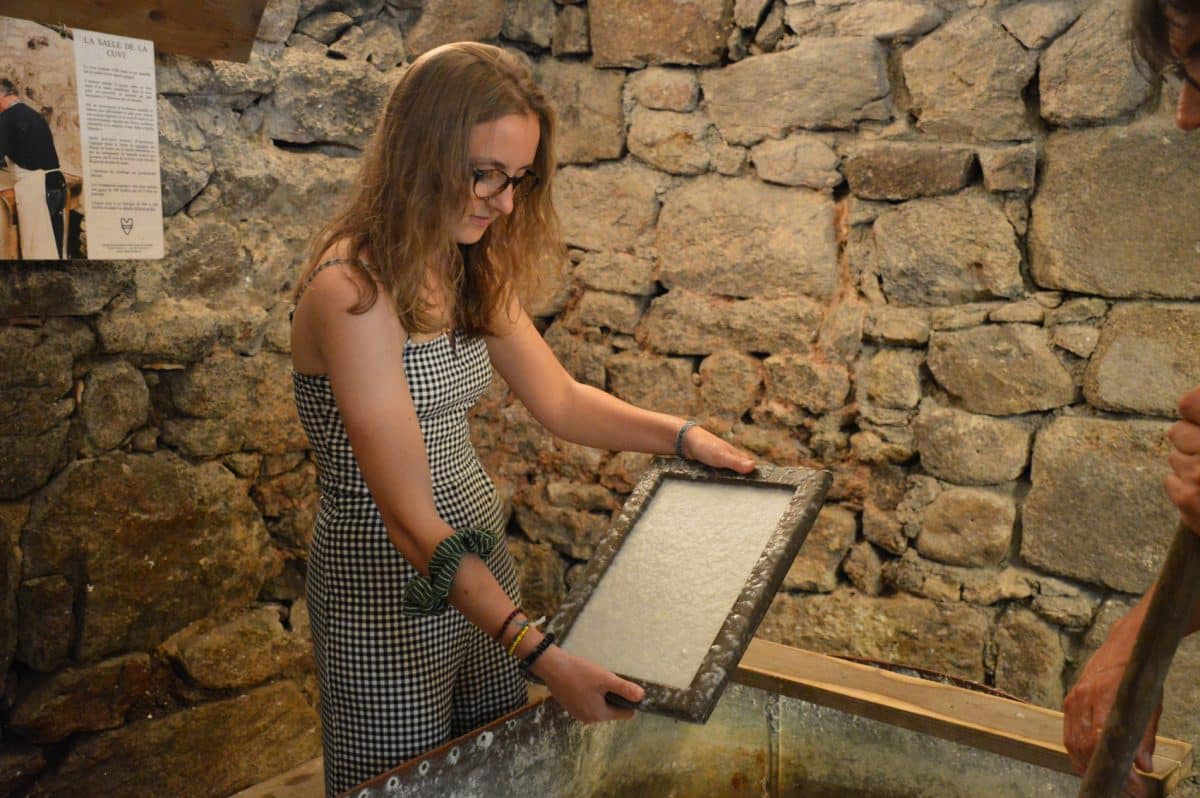
“It's Lulu's paper,” reacts Emmanuel. And, here I am, an apprentice papermaker. I still had to wait four days for my paper to decide to dry.
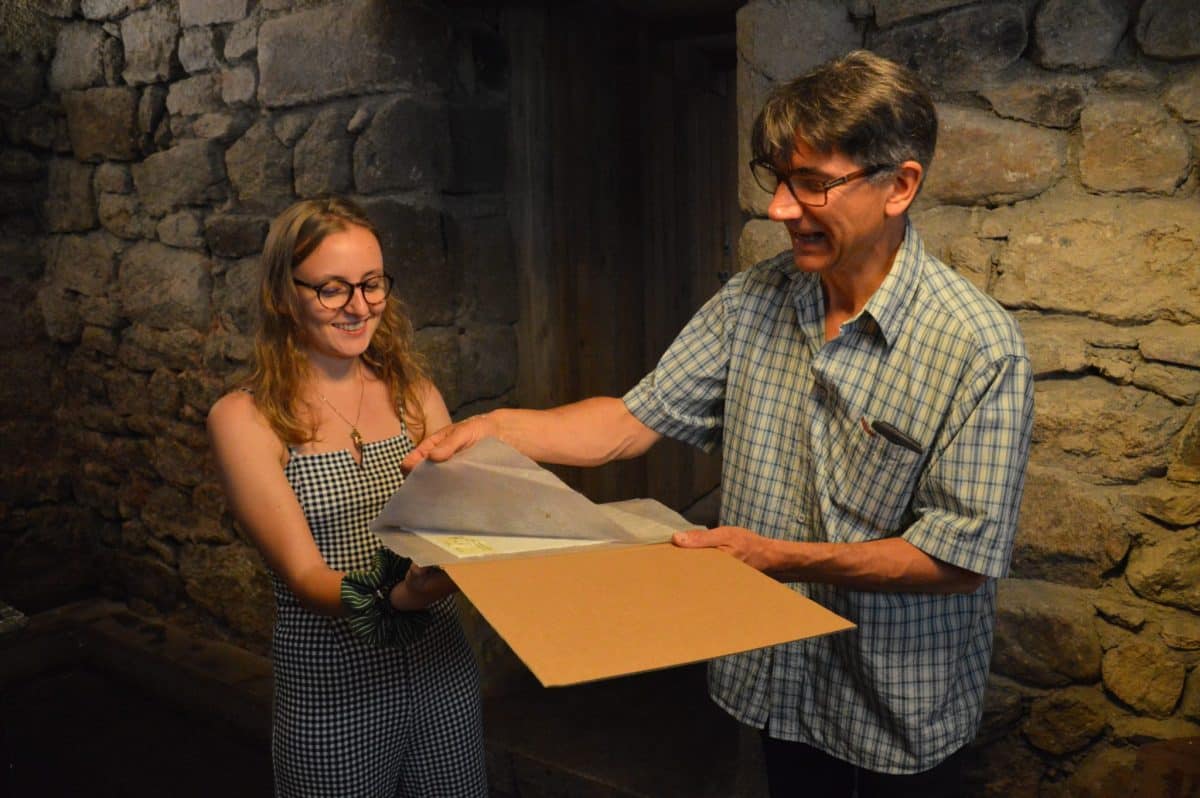
Lucile Brière for La Gazette de Thiers and d'Ambert.


